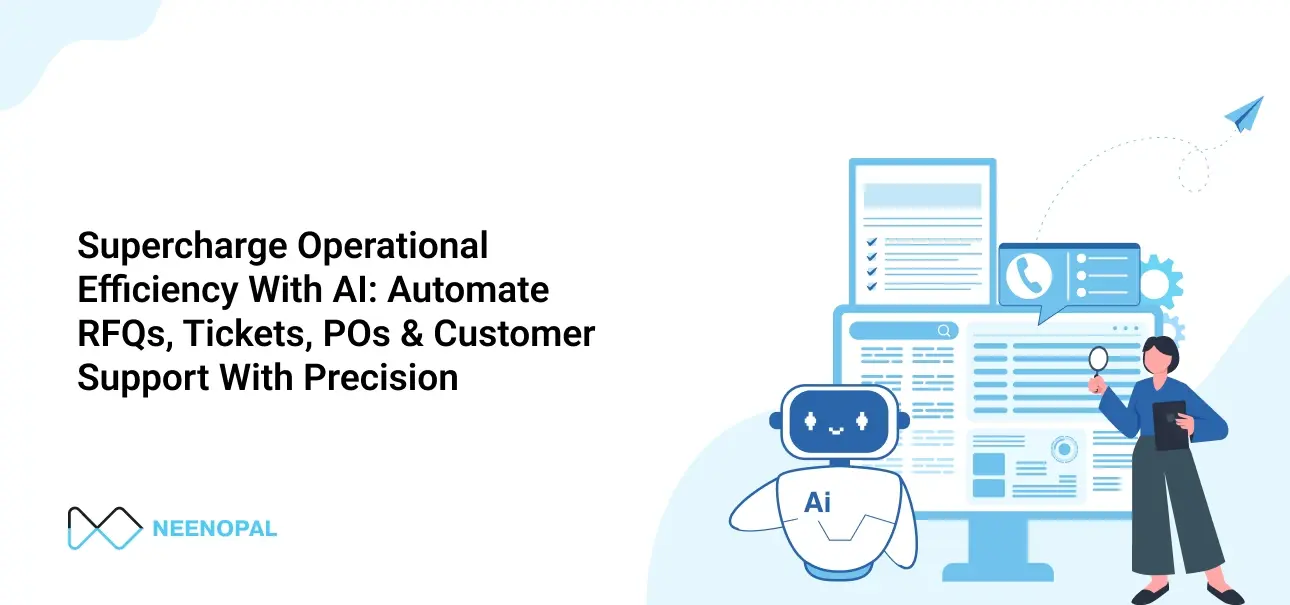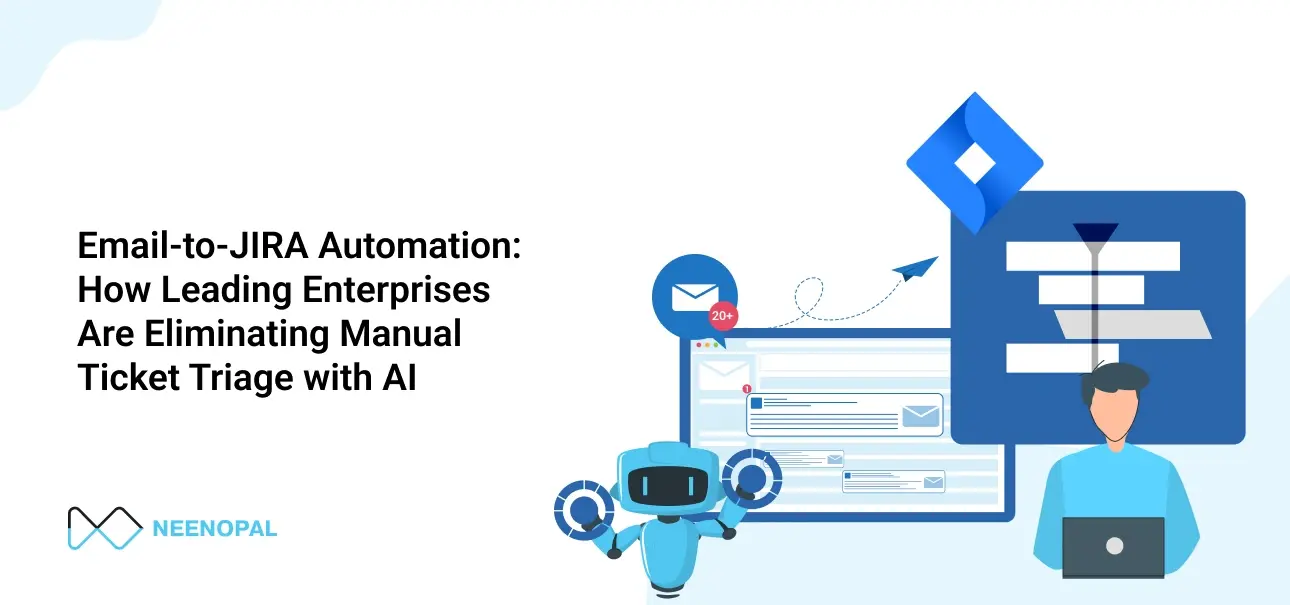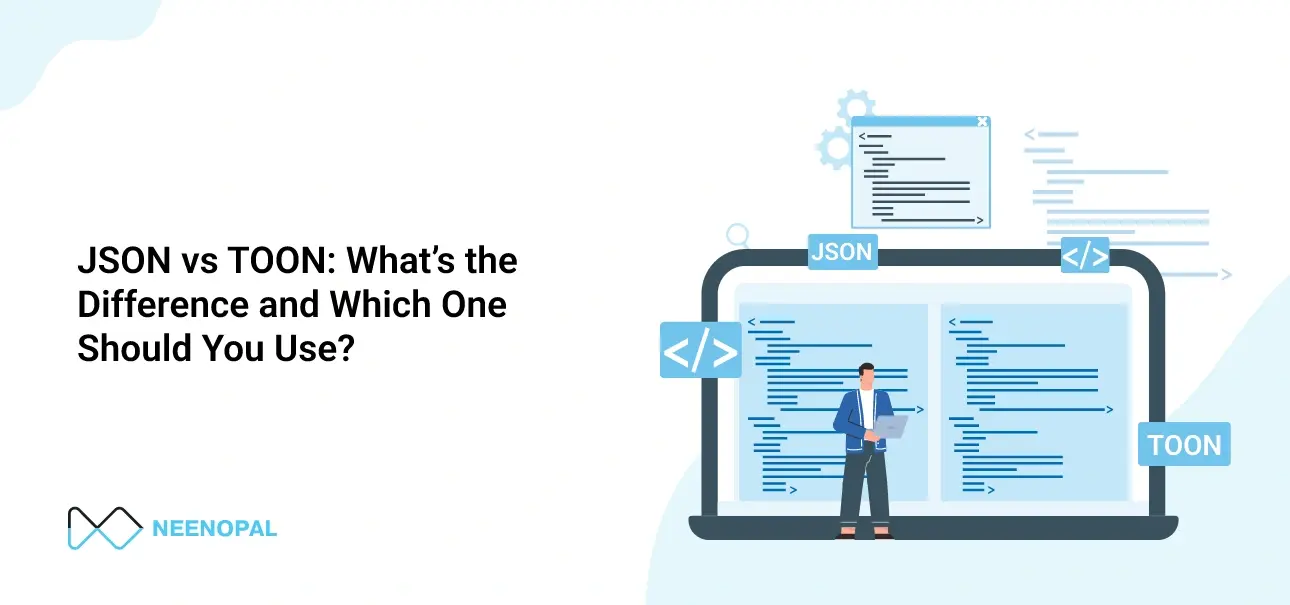Learn how Artificial Intelligence is set to disrupt the medicine industry by intelligent diagnostics, smart drug development and personalized treatment
AI or Artificial Intelligence has been taking over quite a few sectors in the world, but none as much as healthcare and medicine. Where there was a global investment of just over a billion dollars back in 2016, it is projected to grow to nearly 30 billion in the year 2025. People are waking up to the potential of AI in revolutionizing the medical industry and making the path from diagnosis to recovery shorter, easier, and faster.
AI has the ability to automate most of the tasks and operations in the medical sector. Routine tasks, lab work, minor surgeries, and much more can be delegated to machines and algorithms based on AI and ML. This will free up doctors and allow them to focus their time on more highly specialized tasks that machines just cannot undertake. In this blog, we are going explore the areas AI can replace humans in and also the ones where they cannot.
Applications of AI in Medicine
1) Intelligent Diagnostics
One of the main reasons a lot of patients go without a diagnosis is because there is a shortage or dearth of experts who can give one. Sometimes, by the time the diagnosis is given, it becomes too late. There is also the chance of human error. A doctor may not be able to hark back on every factor, case, or exception in the medical book to diagnose a patient. But feed all the factors in the machine and it will never forget or miss.
This also accelerates the rate of diagnosis, saving more lives in the process. AI can even take over pathology labs to perform tests and scan results. Even though the upfront cost would be high, the lifetime expenses would be less, making it more sustainable to diagnose a greater number of people. AI-powered networks would also be able to extract data in real-time from any part of the world and utilize it in their current diagnosis, which is impossible with human doctors.
2) Drug Development
Drug development is a process that can take years, if not decades. Much of the processes in drug development are tasks that can very easily be automated and sped up while providing greater accuracy and robustness. Drug development is effectively a three-step process. The first step is to identify the pathology of the disease, which is done by identifying the chemical pathway that the disease follows to affect the body. Instead of manning the labs by people to run the repetitive tests, they can be run by machines on AI. It would allow the bulk analysis of samples and quick delivery of results.
Next comes the identification or creation of molecules that can target a certain point in the pathway to arrest it. Molecular modeling and simulation techniques can be used for identifying the active center a molecule must have to affect the disease pathway in the desired manner. Large numbers of molecules can be analyzed in bulk through AI systems to identify the right ones that tick all the required criteria. Finally, the exact effect of each shortlisted molecule can be analyzed through these simulation methods without requiring wet lab work, which is costlier, slower, and has much room for error.
Finally, the whole process of holding clinical trials can be automated by AI too. Machine learning and AI can be used to identify the right candidates for the trials and analyze the results in bulk to detect effectiveness, ineffectiveness, side-effects, or even harmful effects. This will allow researchers to make quicker and more accurate decisions on whether to pursue an avenue or not, saving a lot of precious time and money. AI can also use the results from the clinical trials to suggest improvements and help implement and execute them in the same manner as before. Moreover, it would also be able to predict long-term effects that need to be addressed, effectively shortening the drug development process by decades.
3) Personalized Treatment
There are two ways treatment can be personalized for a patient using AI and ML. The first way is that AI can analyze genetic, epigenetic, and other factors to determine the right treatment plan which will be most effective for a patient. Not only that, but it can also tally the symptoms and effects of a drug on a patient with that of past cases to determine the exact reaction a patient will have to a drug or drug combination. This is especially important in life-or-death cases; for example, when it is hard to differentiate between an allergic reaction and a bacterial infection to determine whether to administer steroids or antibiotics or when it is essential to narrow down the spectrum of antibiotics being administered to prevent the progression of the disease.
AI also makes it easier to predict the prognosis of a condition in relation to the current treatment plan. This not only allows doctors to tailor the treatment accordingly but also plan ahead for the patient. This can save a lot of time, especially in drawing emergency responses for probable situations in that prognosis.
Examples of AI in Different Streams
The stream in which people have shown the greatest enthusiasm to implement AI is in oncology, specifically cancer detection. AI is much more capable of detecting micro-indicators in biopsies and cancer images to detect rare or early-stage cancers. On the other hand, it is also able to compare large volumes of data from all over the world, thus harnessing the power of Big Data to pinpoint rare or anomalous symptoms indicating a type of cancer.
AI also has the ability to assist neurologists and psychiatrists to narrow down diagnoses of patients faster and more easily. Symptoms of neurological and psychological issues are vague and often overlap. Many aspects of these diseases are yet unexplored. AI is better able to check and tick off diagnoses based on both behavioural and physiological symptoms. Moreover, AI is better equipped to study images of the body to detect anomalies and future possibilities of diseases and conditions. This is especially useful in cardiology or neurology. For example, blockages in the coronary arteries, embolisms, aneurysms, pre-diabetes, cirrhotic tendencies, etc can all be detected using AI.
That is not all. AI has also invaded the OR, with the most famous example being the Da Vinci surgical robot. AI is also being used to create responsive prosthetics to help restore mobility and other functions of disabled people.
Will AI Replace Doctors
AI will never, at least not in the foreseeable future, replace doctors. The human brain is still the most powerful machine and creating an AI that can even come close to rivalling it will take decades of research and technological advancements. What AI can do is automate the repetitive tasks and make easier much of the complicated, elaborate operations in the medical field. AI will also facilitate the communication and collaboration of the right people at the right time across the world. It will also exploit Big Data and reduce errors and delays in diagnoses, prognoses, and effective treatment plans. AI will be better at correlating and finding relations between various genetic, environmental, as well as secondary factors that affect the patient. It can make the micro and macro aspects of a disease more accessible, which doctors alone find difficult to reach.
This means that AI will only provide superior assistance to doctors. They may take over the jobs in labs, medical imaging, patient care, aftercare, surgery assistance, and such others. But the ultimate work will still be the doctor’s. This is because an AI can narrow down diagnoses; it can’t definitively provide one. AI can suggest possible treatment plans, it cannot decide which. An AI system can provide possible prognoses. But preparing for it is still something only a doctor can do.
Challenges for AI in Medicine
One of the main reasons people are yet to feel comfortable about the widespread presence of AI in medicine is the very legitimate concern surrounding data privacy. AI is after all a cyber-based system. It will have weaknesses that hackers can exploit. If a person with malicious intent can get access to a person’s medical records, it will be disastrous. Not only that but if AI is used in devices that directly influence a person’s bodily functions, like pacemakers, ventilation systems, dialysis machines, etc, hackers might take over them and potentially kill a patient. If we even keep such drastic thoughts aside, even a bug in the AI algorithm could make it biased or provide erroneous results, which could derail the entire treatment of a patient.
Another less intimidating and more limiting challenge is the lack of collaboration between doctors and coders in creating these AI systems. An AI machine that will one day go on to assist doctors worldwide should be collaborated on by doctors worldwide too, who are actually on the frontline.
Conclusion
It is still a long way before AI is properly implemented in medicine with the highest efficacy. A lot of hurdles are yet to be crossed and people will have to be convinced to trust AI with their lives. But the rate at which AI is being incorporated in every sector of medicine gives, especially diagnostic imaging, genetics, oncology, and neurology, only gives us hope that one day, AI will successfully be the right hand of doctors in every field. But caution must be exercised at each point. After all, AI is a complex matter and so is the field of medicine. Combining the two will create an even more complicated arena that one must tread carefully for even a small misstep can prove to be fatal.





